 Packaging Requirements for Excepted Lithium Batteries
Packaging Requirements for Excepted Lithium Batteries
Shipping Lithium batteries can certainly create confusion amongst dangerous goods professionals as many questions can arise. Do you need hazard class labels? Is a dangerous goods declaration required? Do you need UN packaging? The answers to all of these questions really depends on the mode of transport, size of the battery, and watt hours/lithium content of the battery. There are some exceptions in the domestic dangerous goods regulations that would relieve you from having to use UN packaging for your lithium batteries depending on a few factors.
USA
In the United States, we would look at the 49CFR in section 173.185 (c) to determine if your lithium battery is considered excepted from UN packaging. For example, if your lithium-ion cell does not exceed 20 WH and your lithium-ion battery does not exceed 100 WH, you are allowed to utilize the exception and you would be relieved from having to use UN packaging. In addition, if your lithium metal battery cell has a lithium content of 1 gram or less or if your lithium metal battery has a lithium content of 2g or less, you would also be allowed to utilize this exception as well. These limits increase if the lithium battery is being shipped by rail or highway to 5 Grams for a lithium metal cell and 25 grams for a lithium metal battery, and 60 WH for a lithium-ion cell, and 300 WH for a lithium-Ion battery as long as the outer package is marked: “LITHIUM BATTERIES—FORBIDDEN FOR TRANSPORT ABOARD AIRCRAFT AND VESSEL.” Although UN packaging isn’t required in those cases, there are some rules that must be followed. Unless the lithium battery is contained in equipment, lithium cells, and batteries must be packed in an inner packaging that completely encloses the cell or battery, like a plastic anti-static bag for example, and placed into a strong rigid outer packaging that is capable of withstanding a 1.2 meter drop test without damaging the cells or batteries contained in the package. The battery must also be packaged in a way that prevents shifting of the contents that would allow battery-to-battery (or cell-to-cell) contact, and without releasing the contents of the package. Keep in mind that the overall gross weight of the package cannot exceed 30 kg unless the battery is packed with or contained in equipment.
Canada
In Canada, there is a similar exception that would provide relief from the UN packaging requirements located at Special Provision 34 in TDGR. If you are shipping your lithium battery or cell on a road vehicle, a railway vehicle, or a vessel on a domestic voyage, you would be relieved from using UN packaging under certain conditions. For lithium metal or lithium alloy cells, they must have a lithium content of not more than 1 g, and for a lithium-ion cell, the watt-hour rating is not more than 20 WH in order to utilize this provision. In addition, for a lithium metal or lithium alloy battery, the aggregate lithium content can’t be more than 2 g, and for a lithium-ion battery, the watt-hour rating can’t be more than 100-watt hours for this provision to be utilized. In these cases, UN packaging is not required, but similar to the 49CFR some conditions do apply. Once again, the battery must be packaged in a means of containment that completely encloses the battery and the cells and batteries have to be afforded protection against short circuits, including protection against contact with conductive materials within the same packaging that could lead to a short circuit. The cells and batteries must be packaged in a means of containment capable of withstanding a 1.2 m drop test in any orientation without damage to the cells or batteries contained inside the means of containment, without the contents shifting so as to allow battery-to-battery or cell-to-cell, contact, and without release of contents. The gross mass of the cells and batteries can’t exceed 30 kg, except when the cells and batteries are installed in or packed with equipment. This is one of those cases where the regulations almost line up perfectly between the U.S. and Canada, with the main difference, in this case, being that the U.S. allows an increase in watt-hours and metal content when going by highway and rail as mentioned above. Keep in mind, if you are shipping internationally or by air or sea, be sure to check the appropriate regulations to determine if UN packaging is a requirement in your particular case.
Do you have questions about UN Packaging? Take a look at our UN Packaging FAQ or contact our team of experts at 855.734.5469 or send us an email, we’re happy to help.
Stay up to date and sign up for our newsletter!
We have all the products, services, and training you need to ensure your staff is properly trained and informed.
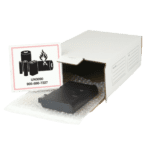 Lithium Battery Lithium BatteryShipping Kit |
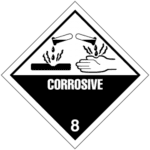 Hazard Class 8 Label Hazard Class 8 Label |
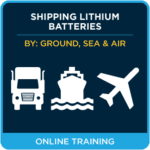 Shipping Lithium Batteries Shipping Lithium BatteriesTraining Courses |

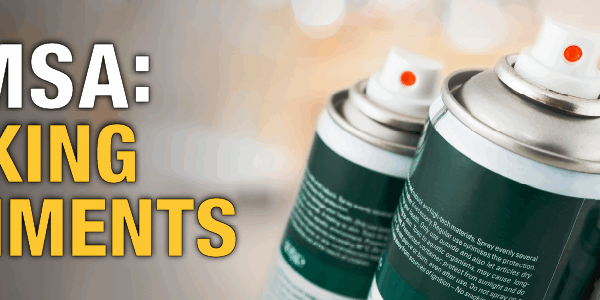
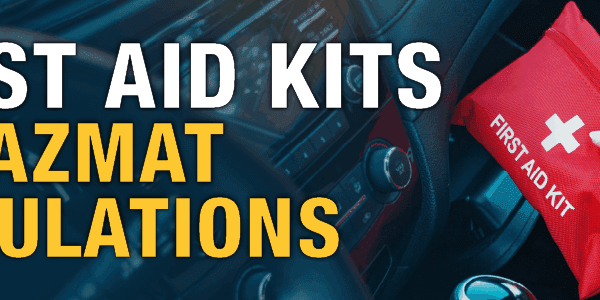



 ICC USA
ICC USA ICC Canada
ICC Canada